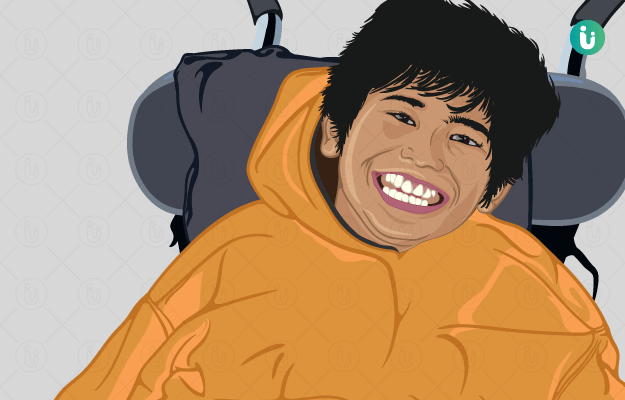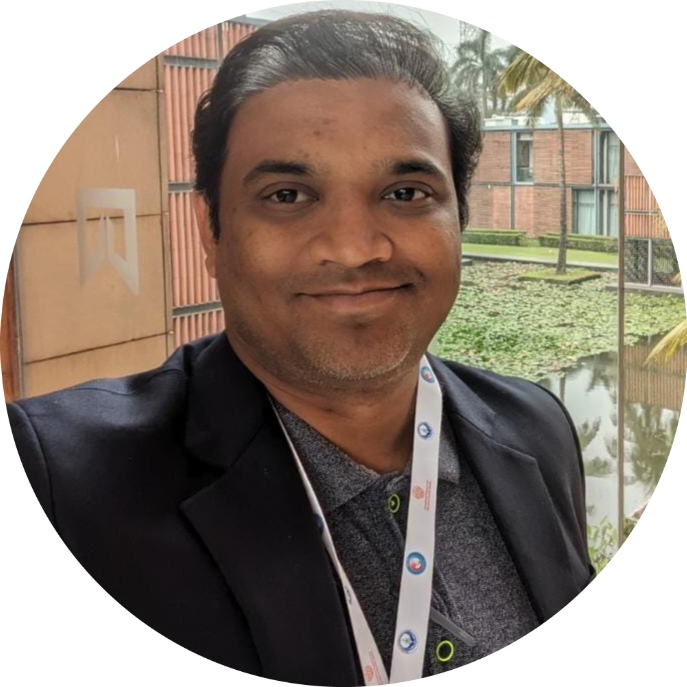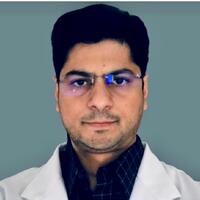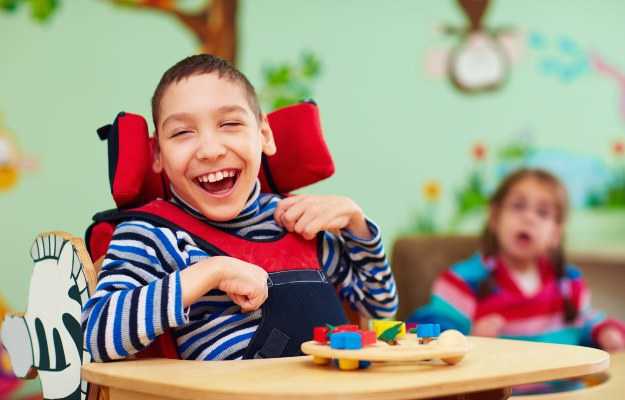What is cerebral palsy?
Cerebral palsy (CP) is a non-progressive neurological problem caused by either injury or malformation of the developing brain in children. It is a very common cause of severe childhood disability. It mainly causes problems with movements and muscle coordination. The estimated incidence of CP in India is 3 out of 1000 live births.
What are its main signs and symptoms?
The milestones which need to be achieved from birth to 5 years of age like rolling over, sitting up and walking may be delayed in CP. It is more common in boys than girls, and more common in black people than white people. Age-wise symptoms include:
3-6 months:
- Head falling back when baby is picked up from bed
- Overall stiffness of the body
- Reduced muscle strength
- Overextended back and neck
Greater than 6 months:
- Lack of roll over
- Failure to bring hands together
- Difficulty in bringing hands to the mouth
Older than 10 months:
- Lopsided crawling movements
- Inability to stand with support
What are its main causes?
It is mainly caused by brain damage due to any injury or abnormality during the formative stages of the brain. It affects muscle tone, reflexes, posture, coordination, movements and control of muscles.
Other factors that may lead to problems with brain development include:
- Mutations: Genetic abnormality can lead to impaired brain development.
- Maternal infections: Infections that may affect development during pregnancy like rubella.
- Foetal stroke: Disrupted blood flow to the baby’s brain can impair brain functions.
- Infections in infancy: Inflammatory responses that affect cerebral areas.
- Traumatic head injury: Vehicular accidents can cause severe brain damage.
- Lack of oxygen: Oxygen deprivation during difficult labour or delivery.
How is it diagnosed and treated?
The doctor evaluates the child by checking for the signs or symptoms, and performing a physical examination. The child may be referred to a paediatric neurologist.
A series of tests may be advised including:
Brain scans:
- Magnetic resonance imaging (MRI): Used for identification of any lesions or abnormality in the brain.
- Cranial ultrasound: Preliminary assessment of the brain; it is quick and inexpensive.
- Electroencephalogram (EEG): To detect epilepsy.
Other tests for:
- Vision problems
- Hearing impairment
- Speech dysfunction
- Intellectual disability
- Movement disorders
Treatment for CP involves long-term medical care by a team of healthcare professionals depending on the child’s impairment. Medications used mainly target motor disabilities, pain management and treatment of isolated and generalised spasticity-associated symptoms.
Non-drug measures to improve the child’s quality of life include:
- Physiotherapy: For enhancement of muscle strength and flexibility. Braces or splints may be recommended.
- Occupational therapy: To improve child’s participative ability and to perform activities independently.
- Speech and language therapy: To understand and communicate using languages or to use sign language.
- Recreational therapy: To participate in outdoor activities.
- Nutrition and dietary therapy: To deal with feeding difficulties and ensure adequate nutrition.
Self-care tips include:
- In most instances, CP cannot be prevented, but adequate prenatal care, safe delivery and preventing accidents can lower risk of acquired CP.
- Prevent head injuries in the child with the use of helmets and protective seat belts while travelling.
- Monitor the daily activities of the child.
It is of utmost importance that the parents/caregivers show support and work with the medical team to improve the child’s condition and adjust the treatment plan as per the child’s needs. Long-term emotional support and care is crucial for the child’s overall health and well-being.

 Doctors for Cerebral Palsy
Doctors for Cerebral Palsy  OTC Medicines for Cerebral Palsy
OTC Medicines for Cerebral Palsy
 Cerebral Palsy articles
Cerebral Palsy articles News for Cerebral Palsy
News for Cerebral Palsy









 Dr. Ayush Pandey
Dr. Ayush Pandey











